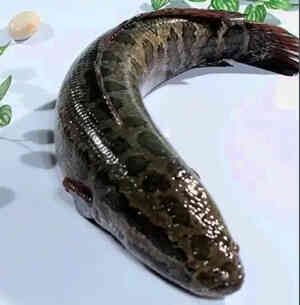
Channa argus
Channa argus,Snakehead、Northern Snakehead,Black fish, mullet, black stick, snakehead fish, mullet, cuttlefish, cuttlefish,
The snakehead is a bottom-dwelling carnivorous and ferocious fish. It usuall···
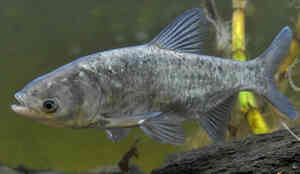
Aristichthys nobilis
Aristichthys nobilis,bighead、bighead carp,Silver carp, bighead carp, soap carp, black carp, bighead carp, bighead carp, fathead carp, bighead carp, black carp, bighead carp, male fish, pine black
It lives in the middle and upper layers of the main streams of rivers, gentl···
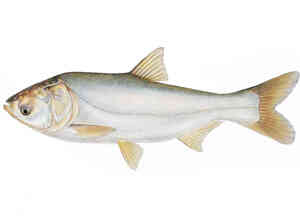
Hypophthalmichthys molitrix
Hypophthalmichthys molitrix,Silvercarp、Chinese Schemer,Silver carp, silver carp, jumping silver carp, silver carp, whale, white bream, white-footed silver carp, foreign fathead, white leaf, white fath
Silver carp generally inhabit the upper layer of the main stream of rivers a···

Mylopharyngodon piceus
Mylopharyngodon piceus,Black carp,Black mackerel, blue carp, black carp, stream fish, black fish, black fish, snail fish, black fin
The black carp is not as active as the grass carp, but it is much stronger t···
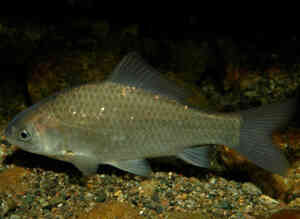
Carassius auratus
Carassius auratus,Goldfish,Carassius auratus cantonensis Tchang,Xitou, crucian carp, crucian carp seeds, river crucian carp, moon crucian carp, ancient name crucian carp, crucian carp, cold crucian ca
Crucian carp is one of the typical bottom fishes with strong adaptability. I···
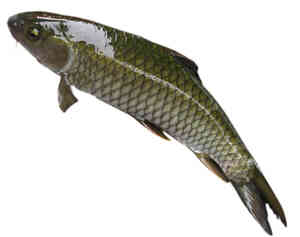
Ctenopharyngodon
Ctenopharyngodon,Grass carp, grass carp, oily grass carp, grass carp, white grass carp, grass carp, grass carp, thick fish, sea grass carp, mixed fish, black herring, etc.
It is named because it eats grass (Li Shizhen of Ming Dynasty). In Erya, it ···
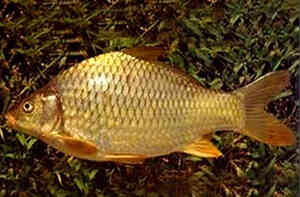
Cyprinus acutidorsalis
Cyprinus acutidorsalis,Sea carp, sea crucian carp, triangular carp
Sharp-finned carp is a unique species of carp that lives in the brackish and···
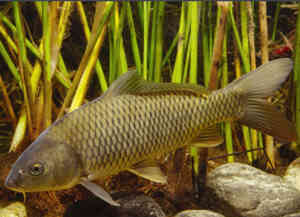
Cyprinus carpio
Cyprinus carpio,Common carp, carp, hairy fish, red fish, carp
The scales have the character "十" in Wenli, hence the name carp (···
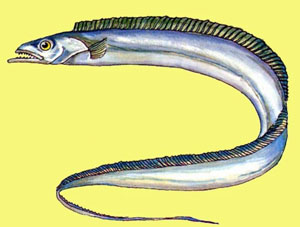
Trichiurus lepturus
Trichiurus lepturus,Largehead hairtail, skirt fish, fat fish, oil fish, tooth fish, mullet
The hairtail fish along the coast of my country can be divided into two cate···
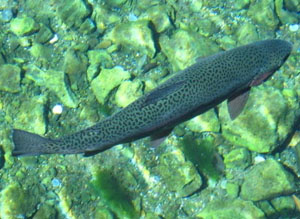
Salmo salar
Salmo salar,Kennebec salmon、Sebago salmon,Northern trout, king salmon, hunchback, salmon, mackerel, salmon, salmon
There are more than 30 species of salmon with commercial value. The most com···
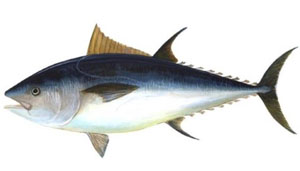
Tuna
Tuna, bluefin tuna, elephant fish, swordfish, bluefin tuna
Tuna (formerly translated as Asian winter fish in Portuguese in Macau) swims···
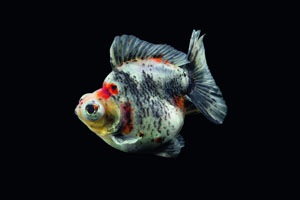
Flower head dragon eye
Red and White Dragon-eye with Tiger-head
The Flowery Dragon Eye is famous for its beautiful red and white markings. A···
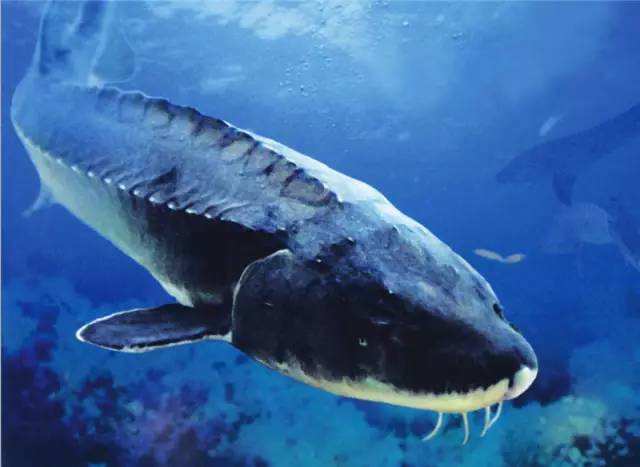
Acipenser sinensis
Sturgeon, sturgeon, yellow sturgeon, tuna, sturgeon shark, king tuna
The Chinese sturgeon is the largest and longest-lived freshwater fish. (Afte···
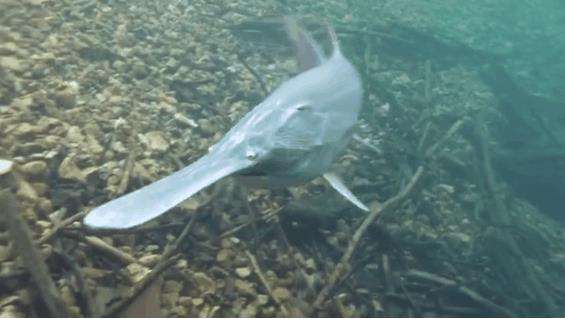
Psephurus gladius
Chinese swordfish, sword-nosed white sturgeon, elephant fish, elephant nose fish, swordfish, sturgeon, anglerfish, tuna, Yangtze white sturgeon
The white sturgeon is one of the largest freshwater fish, named for its ligh···
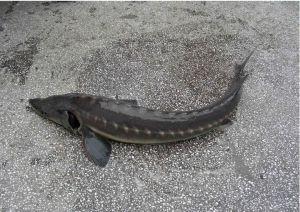
Acipenser dabryanus
Sand Lazi, small Lazi, sturgeon, sturgeon, Yangtze sturgeon
Acipenser dabryanus is a type of sturgeon. It is one of the precious large f···
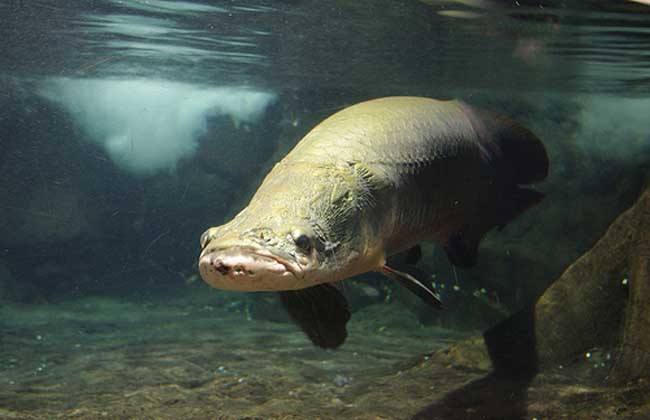
Arapaima
Arapaima gigas
There is a kind of big fish in South America that is not afraid of piranhas.···
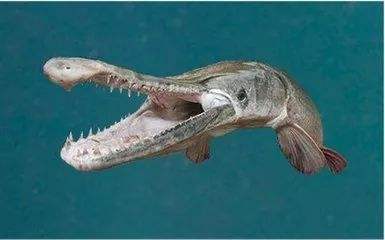
Atractosteus spatula
Alligator gar, ghost rocket, lucky crocodile, giant gar, malleus gar, crocodile rocket
The alligator gar is named for its short snout like an alligator and two row···
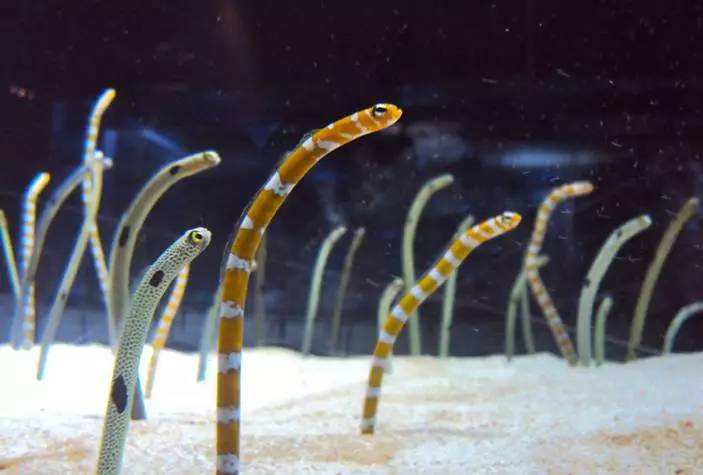
Heteroconger hassi
Garden Eel,Heteroconger eel
Heteroconger eels live in groups of hundreds (sometimes thousands) of indivi···
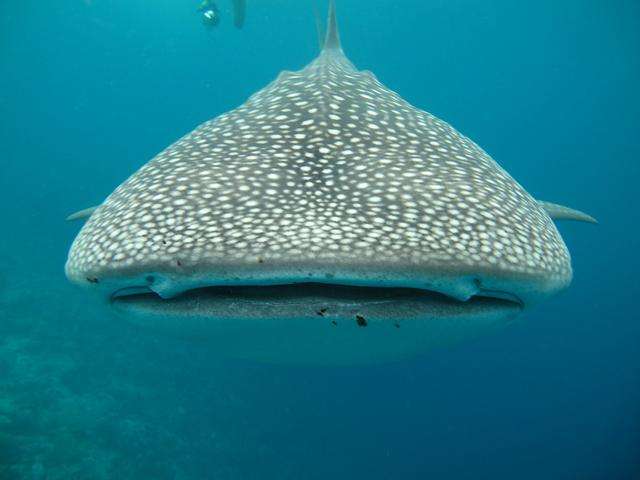
Whale shark
Rhincodon typus
The whale shark is the largest shark and the largest fish. It is named whale···
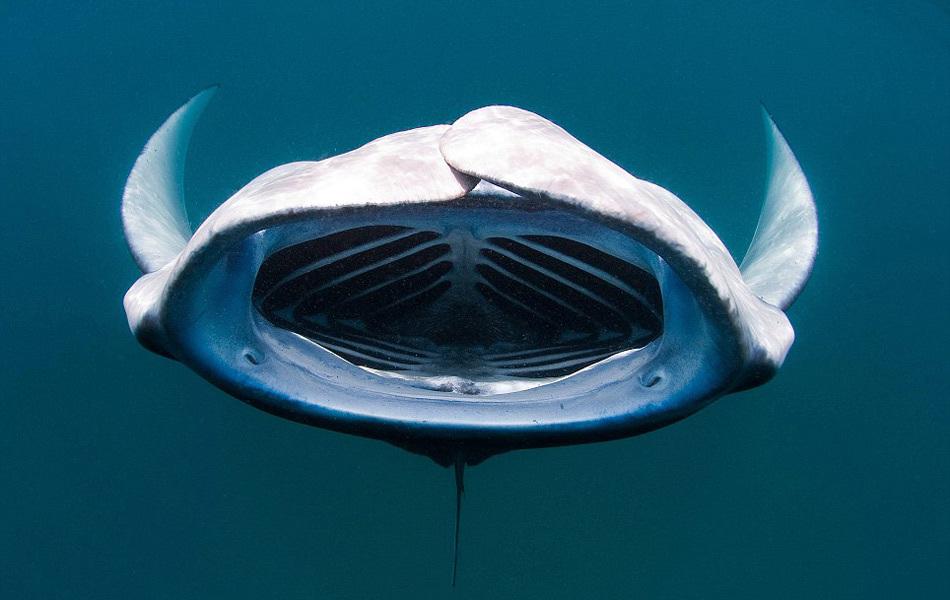
Manta alfredi
Manta ray, coral reef manta ray, devil ray, flying bream, eagle bream
The appearance of the Aversonis manta ray is very similar to that of the bir···
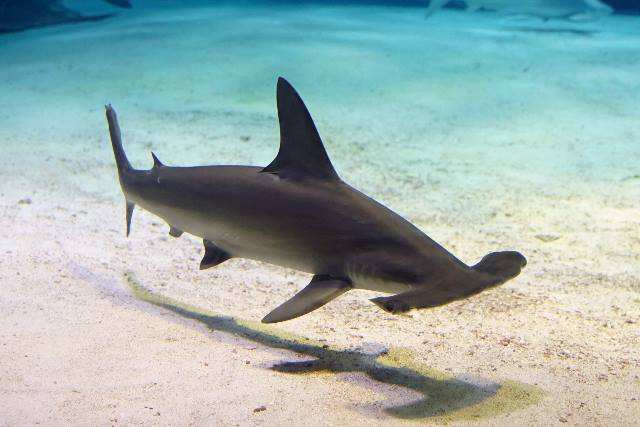
Sphyrna lewini
Scalloped hammerhead shark, red hammerhead shark, scalloped shark, hammerhead shark, double-breasted shark
The eyes and nostrils of the scalloped hammerhead shark are located on the l···
